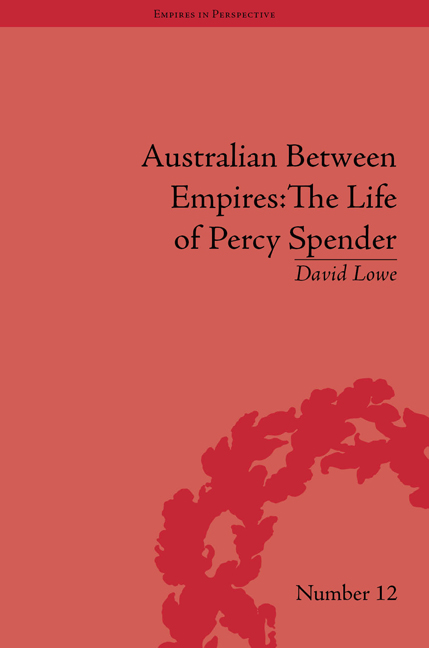2 - Politics and Youth
Summary
New South Wales politics stabilized under the Stevens–Bruxner coalition government, although Lang and his supporters bounced back from their defeat to maintain greater influence than the now-separate Labor Party. The New Guard had petered out by 1935. Unemployment had peaked, but the national figure was still over ten per cent in 1938. Most attention in the latter part of the decade was focused on the unemployed youth. There was a generation of men (such was the concern for young men that the nearly 200,000 women factory workers of Australia generated considerable resentment) who were aged fifteen to seventeen in 1930, and were now in their early twenties, who had experienced either little or no work. Looking outside Australia, there were good grounds for thinking that disaffected youth were vulnerable to the extremist politics, especially fascism, which had taken hold in Europe. If Germany and Italy were too removed from the Australian Anglocentric political culture for real comparison, then Oswald Mosley's fascist youth in England was unnerving. The Stevens–Bruxner government set up a Young Citizens Movement in 1932 for the youth of New South Wales in an effort to combine occupational training with social and recreational activities.
There was a degree of public self-examination prompted by Australia's sesquicentennial celebrations, focused on Sydney, from January to April 1938. Amidst the notes of self-congratulation marking 150 years since white settlement, there were also some cross-currents of anxiety about Australia's standing in the world.
- Type
- Chapter
- Information
- Australian Between EmpiresThe Life of Percy Spender, pp. 31 - 50Publisher: Pickering & ChattoFirst published in: 2014



